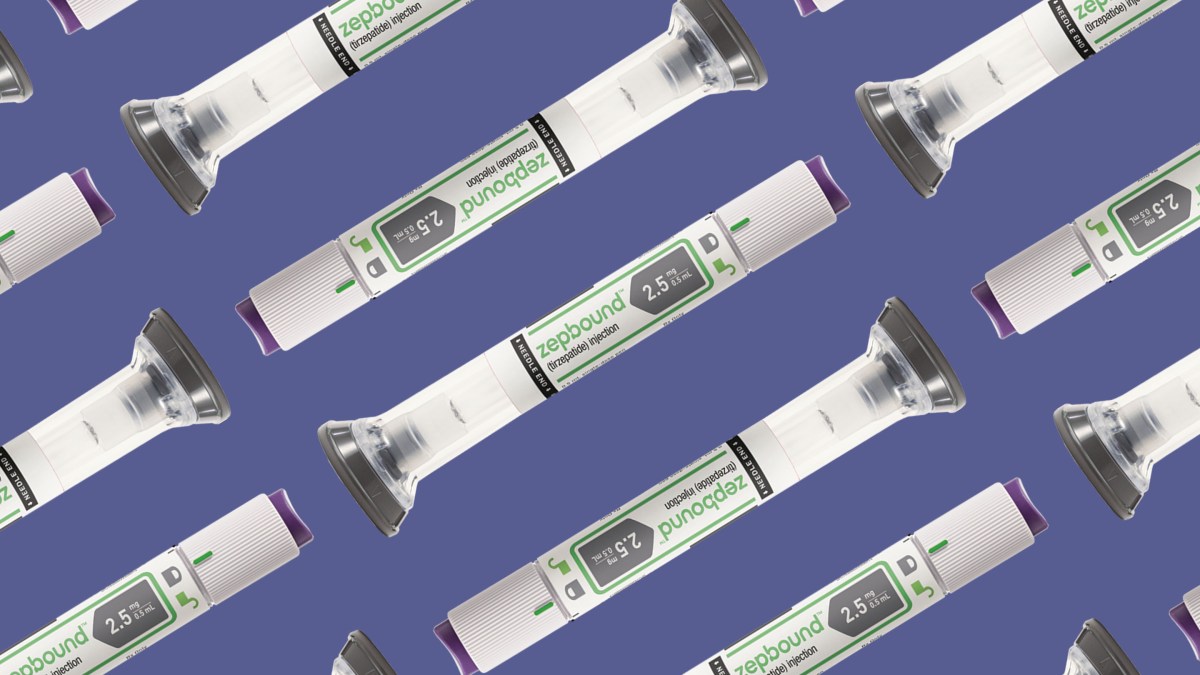The FDA has approved a new weight-loss drug, Eli Lillys Zepbound, sold under the name Mounjaro when it was only a diabetes drug. This is a new competitor to competitor Novo Nordisk’s very popular Wegovy injectable.
Although these drugs can quickly help people lose weight, it is not yet clear how much they will increase health care costs.
In the United States, obesity is common and costly. Nearly 42 percent of Americans are obese, according to John Cawley, professor of economics and public policy at Cornell University.
“And obesity-related medical care costs each year amount to about $289 billion among adults alone and an additional $16 billion among youth,” he said.
For now, many people taking these new weight-loss drugs simply pay cash, Cawley said. This means it doesn’t show up much in insurance premiums.
This will likely change as more doctors and insurance companies begin treating obesity as a disease rather than a lifestyle choice.
But “when you have a fairly expensive drug that’s tailored to a disease that 40 percent of adults in the United States suffer from and that many of those 40 percent of adults are interested in taking, you’re talking about huge amounts of money ” said David Rind. , chief medical officer of the Institute for Clinical and Economic Review.
These medications cost more than $1,000 per month. And even though insurance companies negotiate those rates down and there are discounts, when private or government insurance companies cover them, “that money comes from somewhere,” Rind said. “Either by raising taxes and bonuses, or by diverting it from other things that also require money.”
For now, it’s too early to say exactly what these weight-loss drugs will mean for overall health care costs. But researchers see a significant long-term benefit, such as reduced rates of heart disease and diabetes, which are also costly to treat.
“With obesity treatment, you will see a reduction in many comorbid conditions, which will drive down costs, and as more drugs come to market, that will continue to drive prices down,” Alison Sexton said. Ward, researcher. scientist at the Schaefer Center at the University of Southern California.
The price of Eli Lilly’s drug is about 21% lower than Novo Nordisk’s, so price competition is already beginning.
There’s a lot going on in the world. Still, Marketplace has you covered.
You rely on Marketplace to analyze world events and tell you how they affect you in an accessible, fact-based way. We are counting on your financial support to continue to make this possible.
Your donation today fuels the independent journalism you rely on. For just $5/month, you can help maintain Marketplace so we can continue reporting on the things that matter to you.
#weight #loss #drugs #impact #insurance #premiums #Marketplace
Image Source : www.marketplace.org

